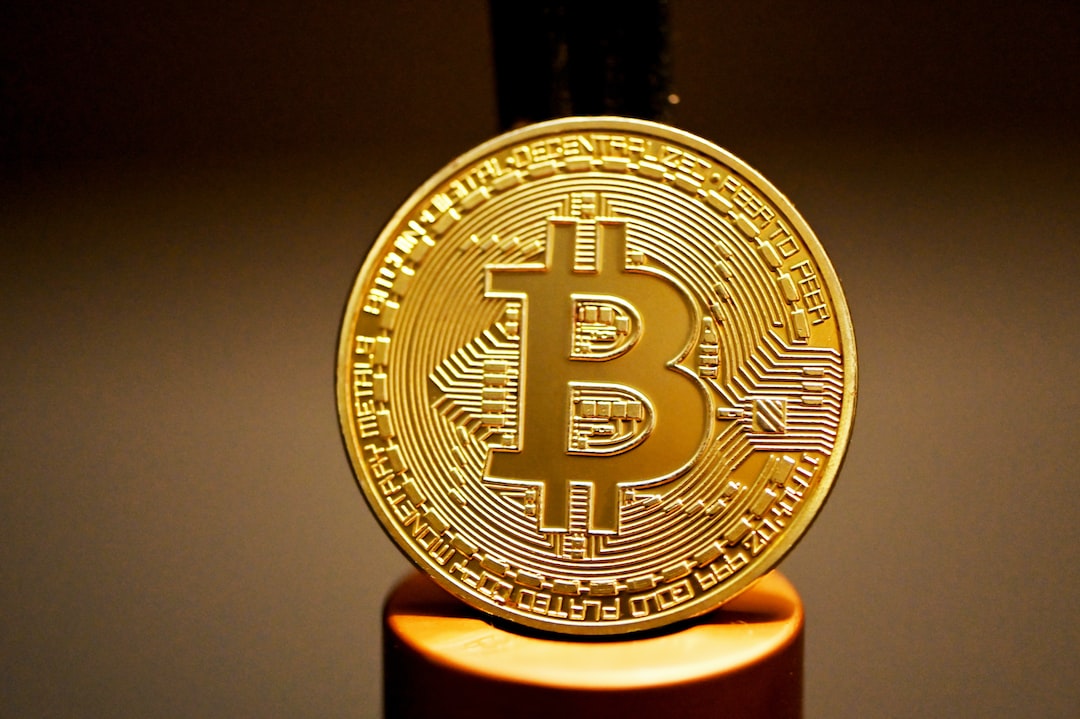The Bank for International Settlements Report on Stablecoins
If you’ve been following the world of cryptocurrency, you may have come across the recent report by the Bank for International Settlements (BIS) that raises concerns about stablecoins. These digital assets, pegged to traditional assets like the U.S. dollar, are under scrutiny for their ability to maintain parity with their underlying assets. The BIS examined various stablecoins, including Pax Gold, USD Coin (USDC), and Tether (USDT), and cited the collapse of Terra’s UST as a significant event in the cryptocurrency market last year.
The BIS report emphasizes that for stablecoins to be effective as a medium of exchange, they must consistently hold their value throughout the trading day, a condition not reliably met according to their findings. Moody’s Analytics also highlighted in a recent article that fiat-backed stablecoins have depegged from their associated assets over 600 times within the year, presenting a challenge for users seeking a stable digital currency.
The main issue may lie in the lack of transparency surrounding stablecoins’ reserves—the quality and availability of these reserves are crucial for trust in their stability. Without adequate transparency and regulation, the credibility of stablecoins and their ability to maintain their peg can be significantly compromised, casting doubt on their viability as a secure digital currency.
Hot Take: Are Stablecoins Really Stable?
The BIS report sheds light on the potential challenges and risks associated with stablecoins’ ability to maintain parity with their pegged assets. With concerns about transparency and regulation, it’s essential for users and investors to carefully consider these factors when evaluating stablecoin investments. As the cryptocurrency market continues to evolve, ensuring stability and reliability in digital currencies will be crucial for widespread adoption and trust.





 By
By
 By
By
 By
By
 By
By
